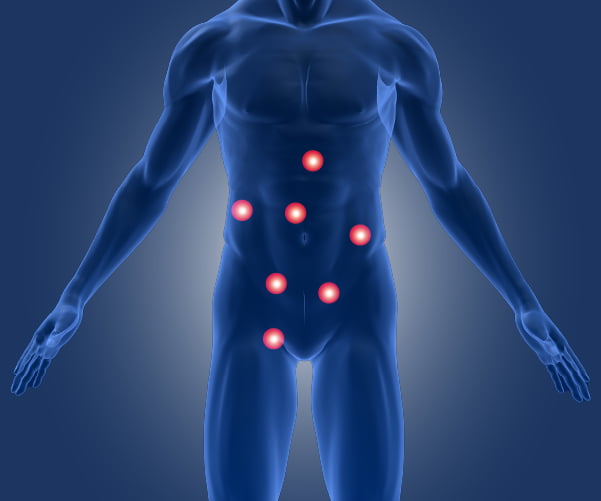What is it? The majority of hernia repair surgery is successful. In a small percentage of cases though, the hernia might come back, months or even years after the initial operation. When this happens, we call this new hernia a “recurrent” hernia. Although the mechanics and the physiology of recurrent hernias is similar to that of primary hernias, there are some unique characteristics of recurrent hernias that need to be considered.
Why it happens: A recurrent hernia can develop for many different reasons, broadly grouped as follows:
– Those related to the surgical technique and the mesh or the sutures used in the primary operation.
– Those related to the patient, their lifestyle and their activities. Obesity, smoking, diabetes, use of medication that prohibit healing (such as steroids) and regular heavy weight lifting are all factors predisposing to a recurrence of a hernia.
– Those related to the hernia itself
Frequency: Recurrent hernias develop in between 0.5 and 15% of all hernia operations.
